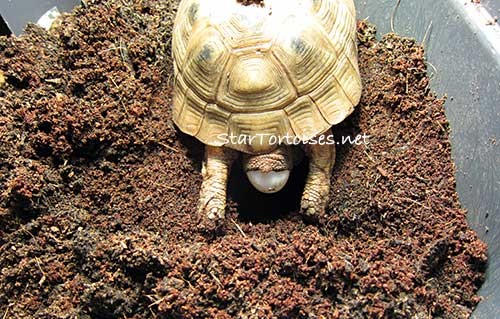The shape of nesteggs
Post on: 18 Июль, 2015 No Comment

We are living in times when interest rates are extraordinarily low and barely covering the cost of inflation.
As more people understand the importance of self-reliance to cater for their retirement needs, they often have to learn some basic rules of investment strategy to ensure that their hard earned savings do not crack by the time they retire. Nest-eggs for retirement come in all shapes and sizes and much depends on how much one can afford to save and the risk tolerance of every individual.
Many feel cheated by advice they were given by so called professional advisers who often fail to declare their vested interest in selling particular investment products. Others are either blinded by greed, or influenced by acquaintances who know little on how to manage investment risk. This article is not about giving advice, but highlighting some facts that help those thinking of providing for their retirement to understand the issues involved in such an exercise.
Asset allocation is one of the major areas one needs to explore before defining an investment strategy aimed at providing the best returns on retirement. Normally the further one is from retirement the less exposed one is to certain risks. As most do-it-yourself retirement plans are of the “defined contribution” type, the risks of sudden movements in interest rate, asset prices, and counterparty default can drastically affect the value on one’s nest-egg on retirement.
According to the international pensions consultants Towers Watson, the average allocation of assets by pensions fund managers in 2008 was as follows: 41 per cent in equities, 40 per cent in bonds and 19 per cent in cash and other assets. But this average hides a wide range of asset allocation by fund managers in different countries.
The most conservative managers seem to be those serving the German pensions market since 77 per cent of pension funds are invested in bonds, while only 16 per cent are held in equities. With the benefit of hindsight the least risk averse were fund managers serving the Irish market – they invested a full 54 per cent of their funds in equities.
Many long-held views on investment are now proving to be little more than prejudice, at least when they are tested in a specific period of time. One such view is that in the long-term equities outperform bonds. But try telling that to a person retiring in October 2008. At that time the stock markets in most western countries lost approximately 50 per cent of their value when compared to the beginning of 2008. Turning a nest-egg into a regular income by buying an annuity would have been a nightmare for a person retiring at that time.
But investment in bonds is not without its risks. Even locally we know of various investors who lost all or part of their capital by investing in bonds issued by the Argentinean government, or those issued by once respected institutions like Lehman Brothers or Parmalat. My concern is that the local market is still being swamped with local bonds that, although unrated, are obviously sub-investment grade and as such carry a high risk, sometimes even higher than that of equity of respectable quoted companies.
The interest rate risk associated with investing in long-term bonds can also be a threat to your nest-eggs, especially at times of rising inflation. We are living in times when interest rates are extraordinarily low and barely covering the cost of inflation. This often is spurring people to lock their savings in long-term bonds at interest rates that are somewhat higher than the bank deposit rates.
But when interest rates rise, as they are bound to do in the next several months, investors will pay less for these bonds as they will want a higher yield. Holding these bonds to maturity in order not to incur a real loss can only be done at a cost – the opportunity cost of being unable to switch to higher yielding investments.
Another possible way of providing for retirement income is through investment in property. But unless one understands the characteristics of this particular nest-egg, it is best not to rely too much on it as a source of future income. We shall discuss this in a future article as the dynamics of property investment are quite complex.
Do-it-yourself investment for retirement should best be attempted with the help of independent advisers who have no vested interest in pushing a particular product. It is sad that the financial services industry is still riddled by blatant conflicts of interest of those who sell these products. Tougher regulation is needed to help you enjoy your nest-eggs on retirement.














